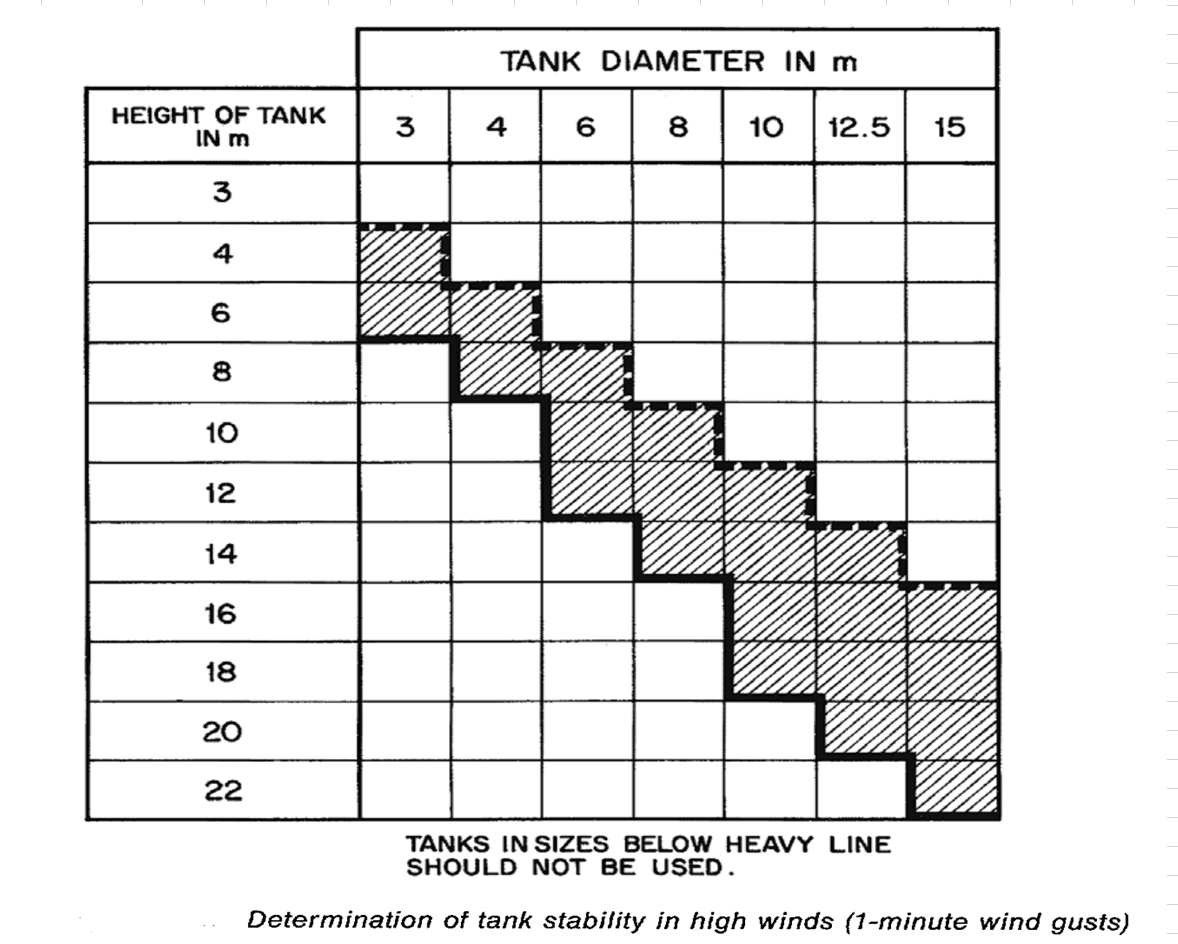Hello everyone, nice to meet you. While searching for various things through the search engine Google, I came across this site and am writing this post.
Before asking any questions,
Since my English proficiency is not very high, I am writing this with the help of ChatGPT. I appreciate your understanding if the tone or terminology is not perfect.
I understand that determining the size of the safety valve (PSV) is based on the largest external fire scenario for discharge capacity.
In the process, it has arisen that the PSV capacity is insufficient, necessitating a replacement of the existing design or the PSV that is scheduled for purchase. I am working to resolve this issue.
Since fire protection equipment will not be installed, the API Q value as specified will be calculated.
Q=C X F X A^0.82
My goal is to fix the F constant value and lower the Aws by applying external insulation to the vessel.
Previously, the discharge capacity was determined based on the actual operating and storage height of the liquid inside the vessel, which is hemispherical on the top and bottom (as set by interlocks). However, the issue is that according to the API, when calculating the wetted surface area by combining the areas of the top and bottom hemispheres with the body area, the surface area is larger than initially calculated. This led to the realization that the PSV sizing was incorrect.
The company wants to first consider solutions for applying the height below 7.6 meters to address this issue. Since there are limitations to what can be found through Googling and other searches, I am posting this to seek various opinions and suggestions. Thank you in advance for your input.

 FB
FB













